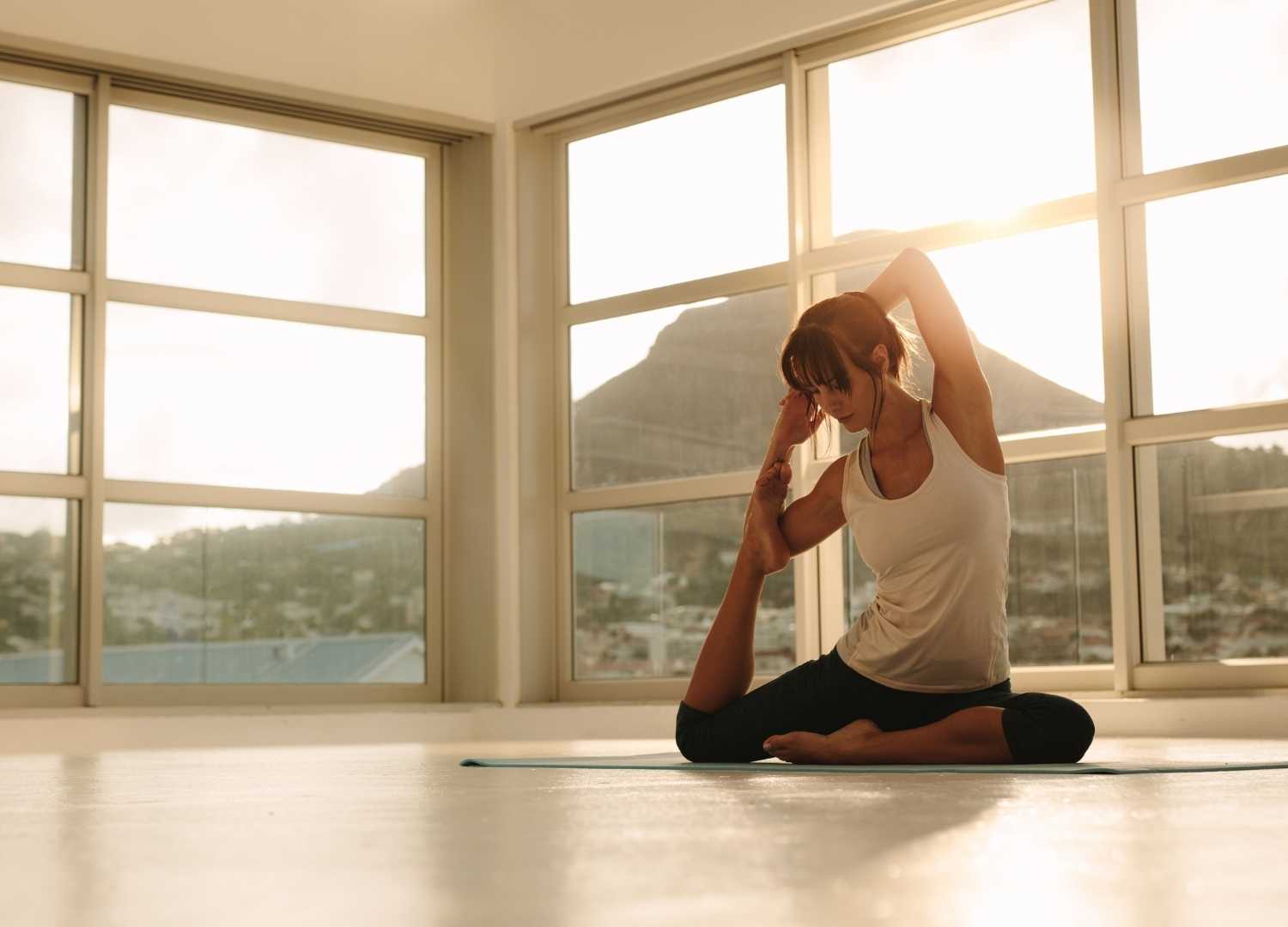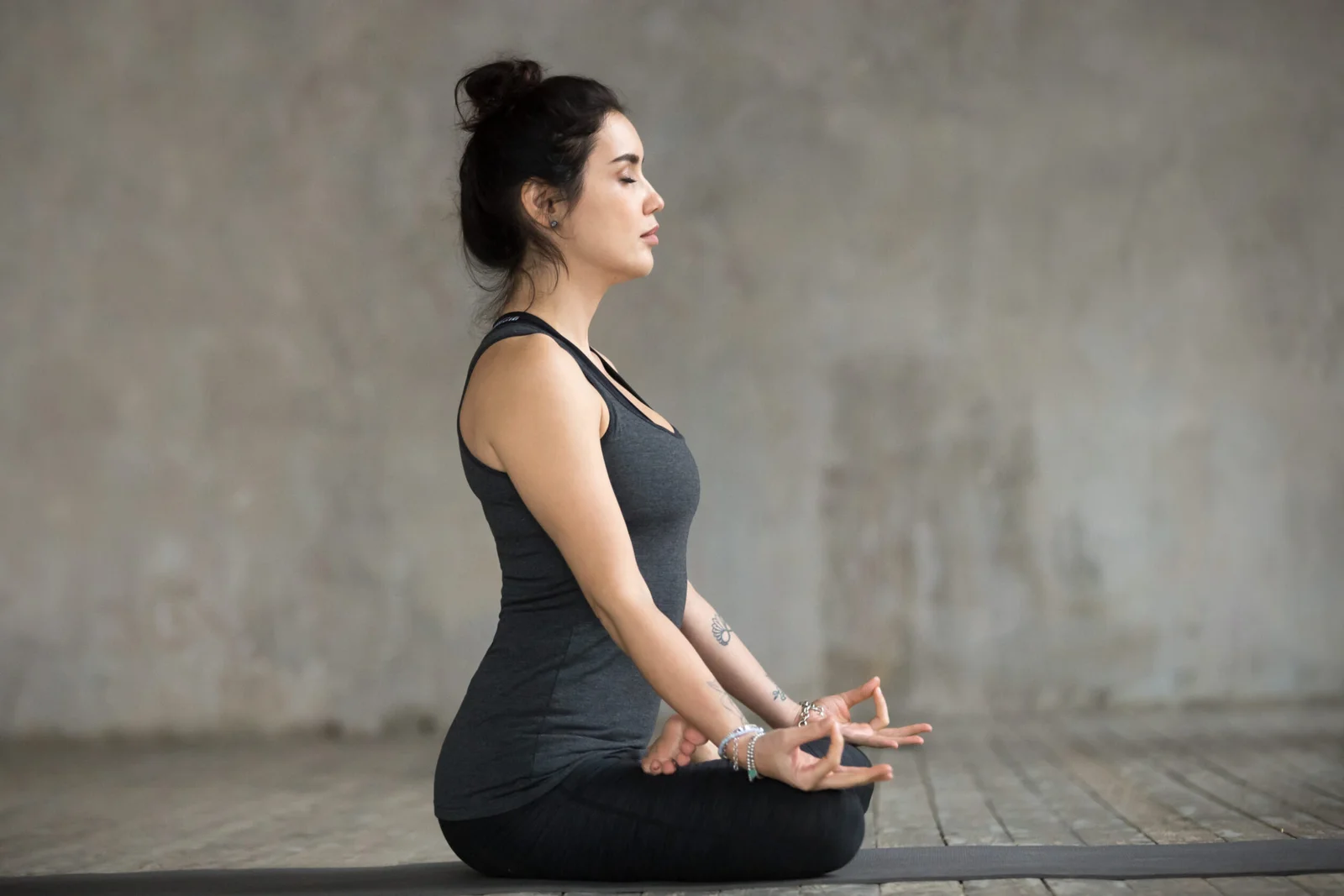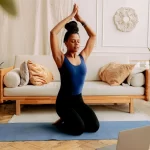I. Introduction
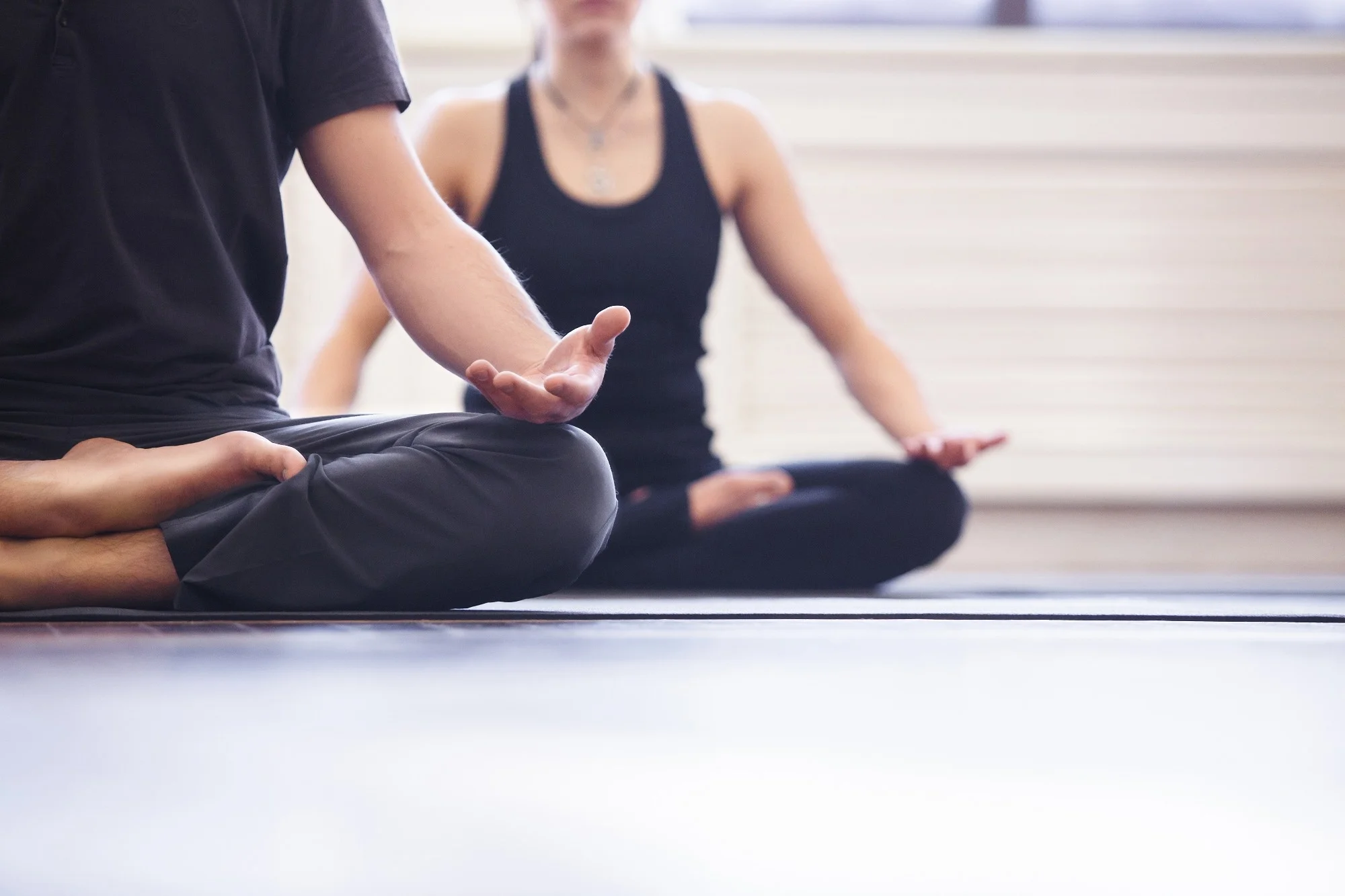
Choosing the right time for practicing yoga is crucial for maximizing its effectiveness and reaping its numerous benefits. The timing of your practice can greatly impact your energy levels, focus, and overall experience. In this blog post, we will explore the importance of timing in yoga practice and provide guidance on finding your ideal yoga time.
II. Finding Your Ideal Yoga Time
A. Morning Yoga: Energize and Invigorate
- The benefits of practicing yoga in the morning
Practicing yoga in the morning provides a wonderful opportunity to set a positive tone for the rest of your day. It helps awaken the body and mind, boosting energy levels and improving mental clarity. Morning yoga offers a natural way to increase flexibility, strength, and overall fitness.
- Waking up the body and mind with morning yoga
The gentle movements and stretches of a morning yoga practice help release any stiffness or tightness that may have accumulated during sleep. This promotes blood circulation and helps prepare the body for the day ahead. Additionally, the focused breathing techniques in yoga enhance oxygen flow to the brain, promoting alertness and concentration.
- Recommended poses and sequences for an energizing morning practice
- Sun Salutations (Surya Namaskar): This dynamic sequence of poses warms up the entire body and energizes the muscles.
- Standing Forward Bend (Uttanasana): This pose stretches the hamstrings and decompresses the spine, relieving any tension or stiffness.
- Warrior I (Virabhadrasana I): This powerful pose strengthens the legs and core while improving balance and stability.
- Tree Pose (Vrikshasana): This pose challenges balance and focus, while also improving posture and confidence.
B. Midday Yoga: Rejuvenate and Reset

- The advantages of midday yoga practice
Engaging in a midday yoga practice allows for a refreshing break from work or daily routines. It helps relieve stress and tension, rejuvenating both the body and mind. A midday yoga session can also enhance productivity, as it provides an opportunity to reset and re-align one’s focus for the rest of the day.
- Refreshing the body and mind during a busy day
Sitting for prolonged hours or engaging in mentally demanding tasks can leave the body feeling stiff and the mind fatigued. Midday yoga helps alleviate these issues by promoting movement, stretching, and deep breathing. This revitalizes the body by increasing blood flow and oxygenation, ultimately leading to improved energy levels and mental clarity.
- Suitable poses and techniques for a revitalizing midday session
- Child’s Pose (Balasana): This restorative pose helps release tension in the spine and neck, promoting relaxation and calmness.
- Cat-Cow Pose (Marjaryasana-Bitilasana): This gentle flow between two poses stretches the spine and releases any tension in the back.
- Seated Twist (Ardha Matsyendrasana): This pose detoxifies the body and energizes the spine, promoting a sense of renewal and rejuvenation.
- Alternate Nostril Breathing (Nadi Shodhana Pranayama): This breathing technique balances the energy in the body and calms the mind.
C. Evening Yoga: Unwind and Relax
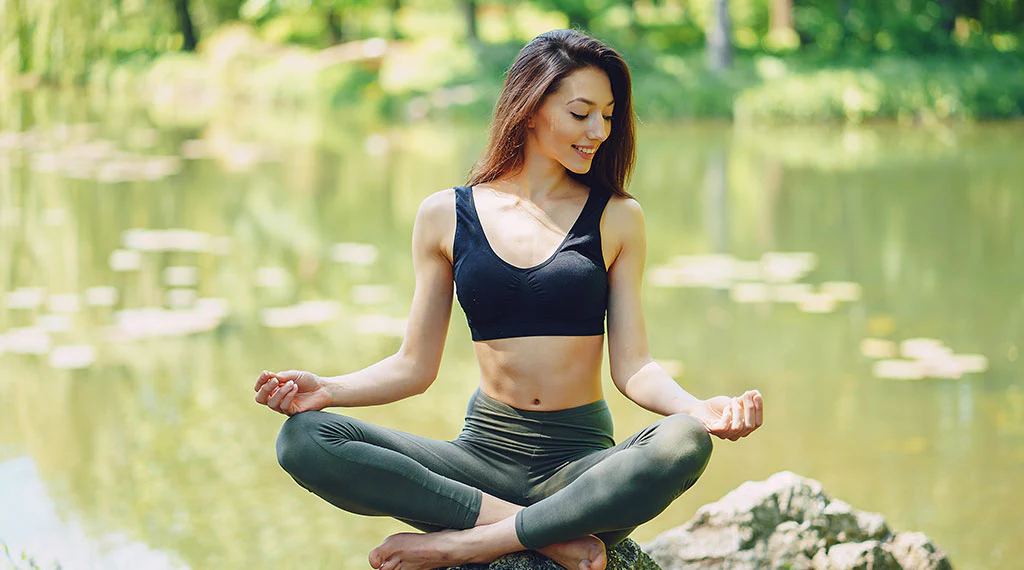
- The benefits of practicing yoga in the evening
Engaging in an evening yoga practice allows for the release of accumulated stress and tension from the day. It promotes relaxation and prepares the body for a restful night’s sleep. Evening yoga also provides an opportunity to reconnect with oneself, allowing for reflection and introspection.
Throughout the day, the body can accumulate stress and tension from various sources such as work, relationships, or environmental factors. Evening yoga serves as a powerful tool to release and let go of this stress. It helps calm the nervous system, reducing anxiety and promoting a sense of inner peace and tranquility.
- Ideal poses and relaxation techniques for an evening routine
- Legs-Up-The-Wall Pose (Viparita Karani): This restorative pose promotes relaxation by increasing blood circulation and draining tension from the legs and lower back.
- Supine Butterfly Pose (Supta Baddha Konasana): This gentle hip opener releases tension from the hips and groin, allowing for deep relaxation.
- Corpse Pose (Savasana): This final relaxation pose allows for complete surrender and rest. It helps integrate the benefits of the practice and prepares the body and mind for sleep.
III. Factors to Consider
A. Personal Preference: Listening to Your Body
- Understanding individual energy levels and preferences
Every individual has different energy levels and preferences throughout the day. Some people are naturally more energetic in the mornings, while others may find their energy peaks in the afternoon or evening. By tuning into your body’s natural rhythms, you can make an informed decision about the best time for your yoga practice.
- Identifying personal peaks and troughs of energy throughout the day
Take some time to observe your energy levels throughout the day. Notice when you feel most awake, alert, and focused, as well as when you might experience sluggishness or fatigue. This self-awareness will help you determine when you are most likely to benefit from a yoga practice.
- Experimenting with different times to find what works best for you
It’s essential to experiment with different yoga practice times to determine what works best for you. Try practicing yoga in the morning for a few days, then switch to midday or evening sessions. Note how you feel before, during, and after each practice, and pay attention to how it affects your energy levels and overall well-being.
B. Lifestyle and Schedule: Aligning Yoga with Daily Life

- Incorporating yoga into a busy schedule
Finding time for yoga in a busy schedule can be challenging, but it’s crucial to prioritize self-care. Consider setting aside dedicated time for yoga practice, just as you would schedule other important tasks or appointments. Remember that even a short yoga session can have significant benefits.
- Considering work, family, and other commitments while choosing the right time
When choosing the ideal time for your yoga practice, take into account your work, family, and other commitments. If you have a demanding job or familial responsibilities in the morning, it may be better to schedule your yoga practice during a lunch break or in the evening when you have more free time.
- Balancing flexibility and consistency in establishing a yoga routine
Flexibility is crucial when establishing a yoga routine. While it’s beneficial to have a consistent practice schedule, being adaptable is equally important. If your schedule changes from day to day or week to week, aim to find a routine that allows for regular practice while being flexible enough to adjust to unexpected events.
C. Yoga Styles and Goals: Tailoring Practice to Specific Needs
- Matching yoga styles with specific objectives
Different yoga styles offer various benefits, so choose a style that aligns with your specific goals and needs. For example, if you’re looking to energize and invigorate, a dynamic and fast-paced style like Vinyasa or Ashtanga might be ideal. If your goal is relaxation and stress reduction, a gentle practice such as Yin or Restorative yoga could be more suitable.
- Adapting practice based on physical, mental, or emotional requirements
Consider your physical, mental, and emotional state when determining your yoga practice time. For example, if you tend to feel stiff or lethargic in the mornings, a gentle, stretching-focused practice can help wake up your body. On the other hand, if you experience high levels of stress or anxiety in the evenings, a calming, restorative practice can help soothe your mind and promote relaxation.
- Considering the interaction between yoga and other activities (e.g., exercise, meditation)
If you engage in other activities, such as exercise or meditation, consider how they may interact with your yoga practice. For example, if you enjoy doing cardio workouts in the mornings, you may want to schedule your yoga practice for later in the day to allow ample time for recovery. If you prefer to meditate in the evenings, combining it with a gentle yoga practice can create a harmonious wind-down routine.
Conclusion
Finding your ideal yoga practice time requires careful consideration of various factors. By listening to your body, aligning yoga with your lifestyle and schedule, and tailoring your practice to your specific goals and needs, you can create a routine that optimizes the effectiveness of your yoga practice. Experiment with different practice times, be flexible, and remember that consistency is key. Ultimately, the right time for yoga is the time that best supports your overall well-being and helps you connect with the transformative power of this ancient practice.
